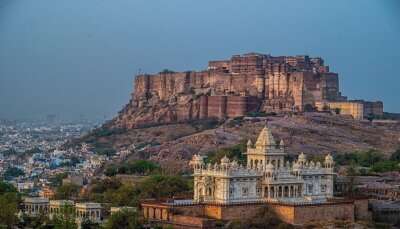Explore Lallgarh Palace In Bikaner For An Enthralling Adventure In 2025
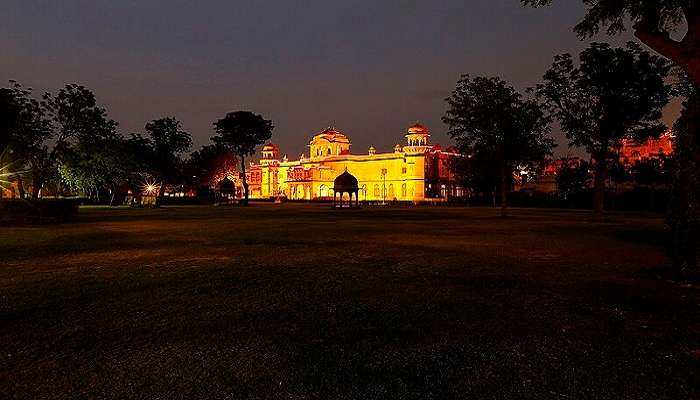
Lalgarh Palace in Bikaner is a palace and heritage hotel in Bikaner, in the Indian state of Rajasthan, built for Sir Ganga Singh, Maharaja of Bikaner, between 1902 and 1926. Laxmi Niwas Palace is a part of Lalgarh Palace, but it has been given on lease and is recently being used as a heritage hotel. The Lallgarh Palace Hotel is a Heritage hotel owned and operated by the Maharaja Ganga Singh Ji Trust and marketed by Maharaja Heritage Resorts Limited under a Franchise and Marketing Services Agreement. We’ve curated this list of all you need to know about the Lalgarh Palace for when you decide to take your next trip to Rajasthan.
About Lallgarh Palace In Bikaner
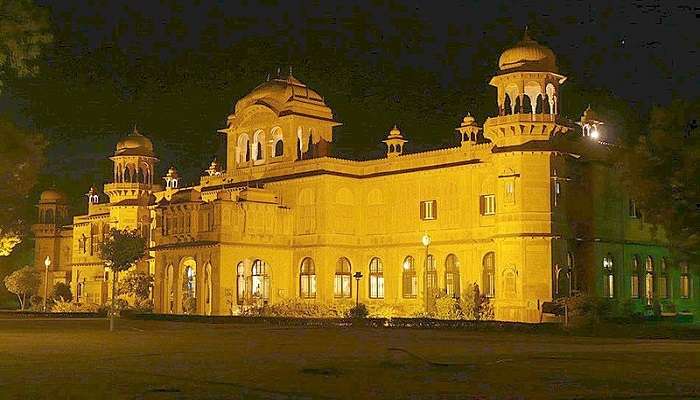
The Lallgarh Palace in Bikaner was built between 1902 and 1926 in the Indo-Saracenic style. The British-controlled regency commissioned the building for Maharaja Ganga Singh (1881–1942). He was still in the minority as they considered the existing Junagarh Fort Unsuitable for a modern monarch. Ganga Singh decided that the palace should be named in memory of his father, Maharaja Lal Singh. Ganga Singh was legendary for his shikars (hunts), his hunts are preserved at Gajner Palace, in particular, his Imperial Sand Grouse hunts at Christmas. As a result, the palace hosted many guests, including Georges Clemenceau in 1920, Queen Mary, King George V, Lord Harding, and Lord Irwin.
Lord Curzon was the palace’s first notable guest. Stanley Reed, the official reporter of the 1905-06 India tour of the Prince and Princess of Wales (later King George V and Queen Mary of Great Britain) noted that “The Laxmi Niwas Palace is the most perfect modern building in the Indo-Saracenic style in India – an entirely graceful pile of carved red sandstone, nobly proportioned and harmonizing entirely with its environment. Their Royal Highnesses have not been more splendidly housed since they landed in Bombay”. In 1972, Karni Singh, M.P., the Maharaja of Bikaner, established the Ganga Singhji Charitable Trust. The Maharaja endowed a part of Lallgarh Palace to be used in service of the trust. Two wings were converted into independent hotels with the income from The Lallgarh Palace Hotel, a heritage hotel used to support the trust. Currently, Lallgarh Palace is owned by his daughter, Princess Rajyashree Kumari.
Must Read: Places To Visit In Bikaner
The Architecture Of Lallgarh Palace In Bikaner
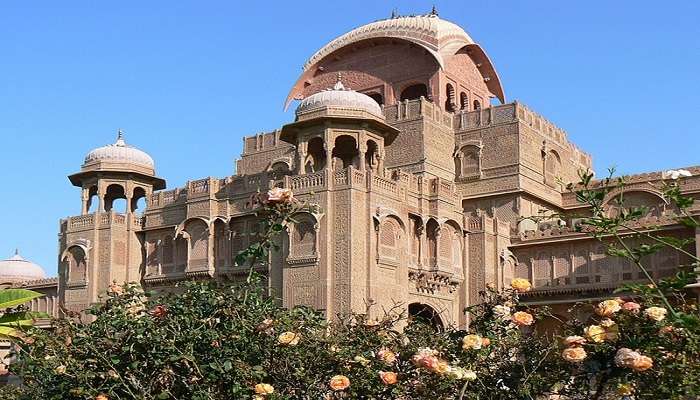
The complex was designed by the British architect Sir Samuel Swinton Jacob. After a ritual blessing ceremony, construction commenced in 1896 on empty land 5 miles from the existing Junagarh Fort on what is now Dr. Karni Singhji Road. The palace was arranged around two courtyards, with the first wing, Laxmi Niwas, completed in 1902. The remaining three wings were completed in stages, and the complex was completed in 1926. The palace was initially designed to cost 100,000 rupees due to the planned use of cheaper materials, including the suggestion of using stucco instead of carved stone.
Soon, however, all cost-cutting was abandoned. By the time of the completion of the first wing, the cost had increased to 1 million rupees due to the use of the finest materials, including the widespread employment of finely carved stonework. The three-storey complex is coated in red sandstone quarried from the Thar Desert. The complex contains the features considered essential for a late 19th-century palace: drawing rooms, smoking rooms, guest suites, several grand halls, lounges, domes, and pavilions, including a dining room that could seat 400 diners. The complex features magnificent pillars, elaborate fireplaces, Italian colonnades, intricate latticework, and filigree work. The Karni Niwas wing houses the Darbar hall and an Art Deco indoor swimming pool.
Places To Visit Near Lalgarh Palace In Bikaner
From Junagarh Fort to Rampuria Haveli, there are many places to visit near Lallbagh Palace in Bikaner. Let’s explore some of them here:
1. Junagarh Fort

Junagarh is an impregnable bastion that has never been captured. It was constructed in 1588 AD by Raja Rai Singh, one of Emperor Akbar’s most distinguished generals. The fort complex houses some magnificent palaces constructed in red sandstone and marble, and visitors can feast their eyes on an attractive assortment of courtyards, balconies, kiosks, and windows.
Best Time To Visit: October to March
Address: 28C9+Q5Q, Bikaner Fort, Bikaner, Rajasthan 334001
Suggested Read: Guest Houses In Bikaner
2. The National Research Centre On Camel
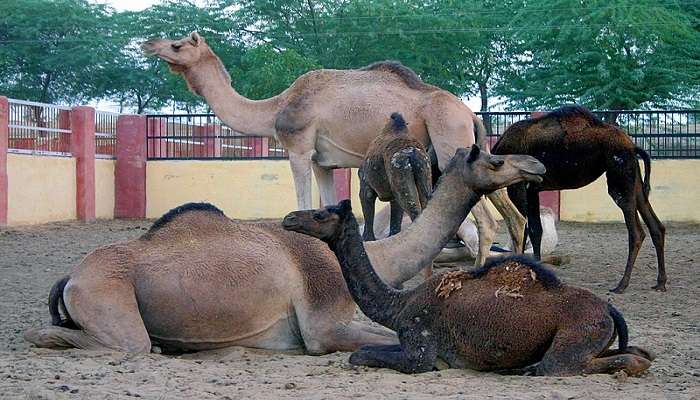
The National Research Centre on Camels is 8 kilometres from the city. This camel research and breeding centre is the only one of its kind in Asia. The centre is spread over 2000 acres of semi-arid land and managed by the Government of India. The Centre offers a camel ride facility along with selfie points to tourists. Tourists can also enjoy various camel milk products, such as flavoured milk, camel milk coffee, kulfi, cheese, etc.
Best Time To Visit: November to March
Address: Shiv bari Jorbeer, Jodhpur Bypass, Bikaner, Rajasthan 334001
3. Laxmi Niwas Palace
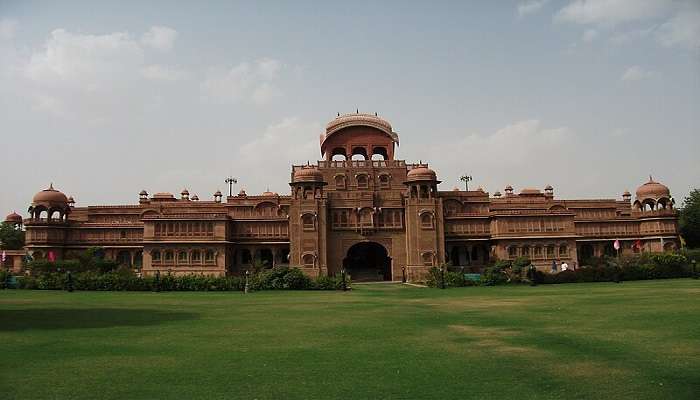
Laxmi Niwas Palace was the residence of the king of Bikaner, Maharaja Ganga Singh. Built between 1898 and 1902 by British architect Sir Samuel Swinton Jacob, this structure displays an Indo-Saracenic architectural style. It is now a luxury hotel. It’s architecture and the historical significance make it one of the best places to visit in Lallgarh Palace in Bikaner.
Best Time To Visit: November to March
Address: Lal Garh Campus, The Laxmi Niwas Palace Rd, Samta Nagar, Bikaner, Rajasthan 334001
Suggested Read: Resorts In Bikaner
4. Rampuria Haveli
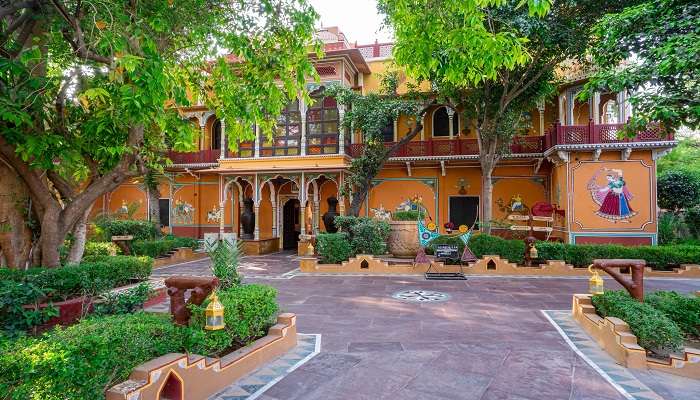
Bikaner has several havelis (aristocratic homes), the most famous cluster being the Rampuria Group of Havelis. Built of dulcimer (red) stone, every aspect of the havelis – jharokhas (casements), entrances, latticed windows, divankhanas, gumaharias or basements – is simply exotic. Leaves and flowers decorate every jharokha, lending it a pleasant touch. These massive havelis are decorated with golden work of the highest quality. Their dankhanas (drawing rooms) take one back to the Mughal and Rajput eras. One can notice an abundance of Victorian influence in their design as well. The wood carvings in Rampuria Havelies are extremely exquisite. Spaced close to each other, the havelis are truly a sight to behold.
Best Time To Visit: November to March
Address: Rampuria Havellis, Joshiwara, Old Bikaner, Bikaner, Rajasthan 334001
How To Reach Lallgarh Palace Bikaner
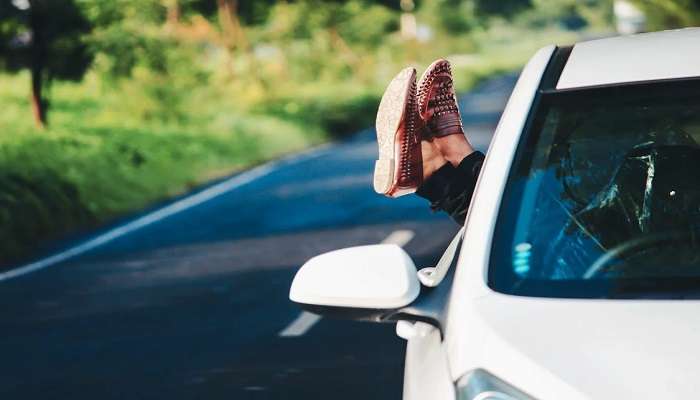
The Lalgarh Palace is located in the city of Bikaner. One can take public transit to reach the palace easily. Here are various ways you can reach Bikaner
By Flight
The nearest airport is the Nal Airport, located at a distance of around 13km from Bikaner. However, it is still under construction and has not yet started its operations. The next nearest airport is the Jodhpur Airport, which is well-developed and connected to major cities. It is at a distance of around 251 km from the city. From there you can take a bus or a taxi. Numerous buses and taxis are operating on this route. Alternatively, you can take a flight to Jaipur by taxi or bus. You can also land in Delhi by taxi or overnight bus.
By Road
Bikaner is well connected to many other cities by road. Regular bus services and taxis are available. The roads are considerably smooth. Depending on your budget, you can board either a government or a private bus.
By Train
Two railway stations in Bikaner- Bikaner Junction and Lalgarh Railway Junction are located 6 km from the city. These are connected to major cities like Jaipur, Punjab, Delhi, Hyderabad, and Mumbai. You will easily find a taxi from any of these two stations to reach the town or your hotel.
Further Read: Monsoon In Bikaner
Now that you have a list of things to keep in mind for your next vacation, including seeing the beautiful architecture of Lallgarh Palace in Bikaner, make sure you plan your trip to Rajasthan to these fabulous spots for the experience of a lifetime. Don’t miss out on these opportunities; book your tickets now!
For our editorial codes of conduct and copyright disclaimer, please click here.
Cover Image Credit: Worldchoiceseo for Wikimedia Commons
Frequently Asked Questions About Lallgarh Palace InBikaner
What is the history of Lallgarh Palace?
Lalgarh Palace was built between 1902 and 1926 by Maharaja Ganga Singh of Bikaner. It was designed by Sir Samuel Swinton Jacob in the Indo-Saracenic style, blending Rajput, Mughal, and European architectural elements.
Can visitors stay at Lallgarh Palace?
Yes, a part of Lalgarh Palace has been converted into a heritage hotel. Visitors can experience royal luxury by booking a stay at the Lallgarh Palace Hotel.
What are the main attractions inside Lallgarh Palace?
Key attractions include the Durbar Hall, library, card room, and billiards room. The palace also houses a museum showcasing royal artefacts and photographs.
When is the best time to visit Lallgarh Palace?
The best time to visit is from October to March when the weather is pleasant. Summer months can be extremely hot in Bikaner.
Are photography and guided tours available at Lallgarh Palace?
Photography is generally allowed in most areas of the palace. Guided tours are available, providing insights into the palace's history and architecture. It's recommended to check with the palace administration for current rules and tour availability.
People Also Read:
Neemrana Fort Palace Mattancherry Palace Ujung Water Palace
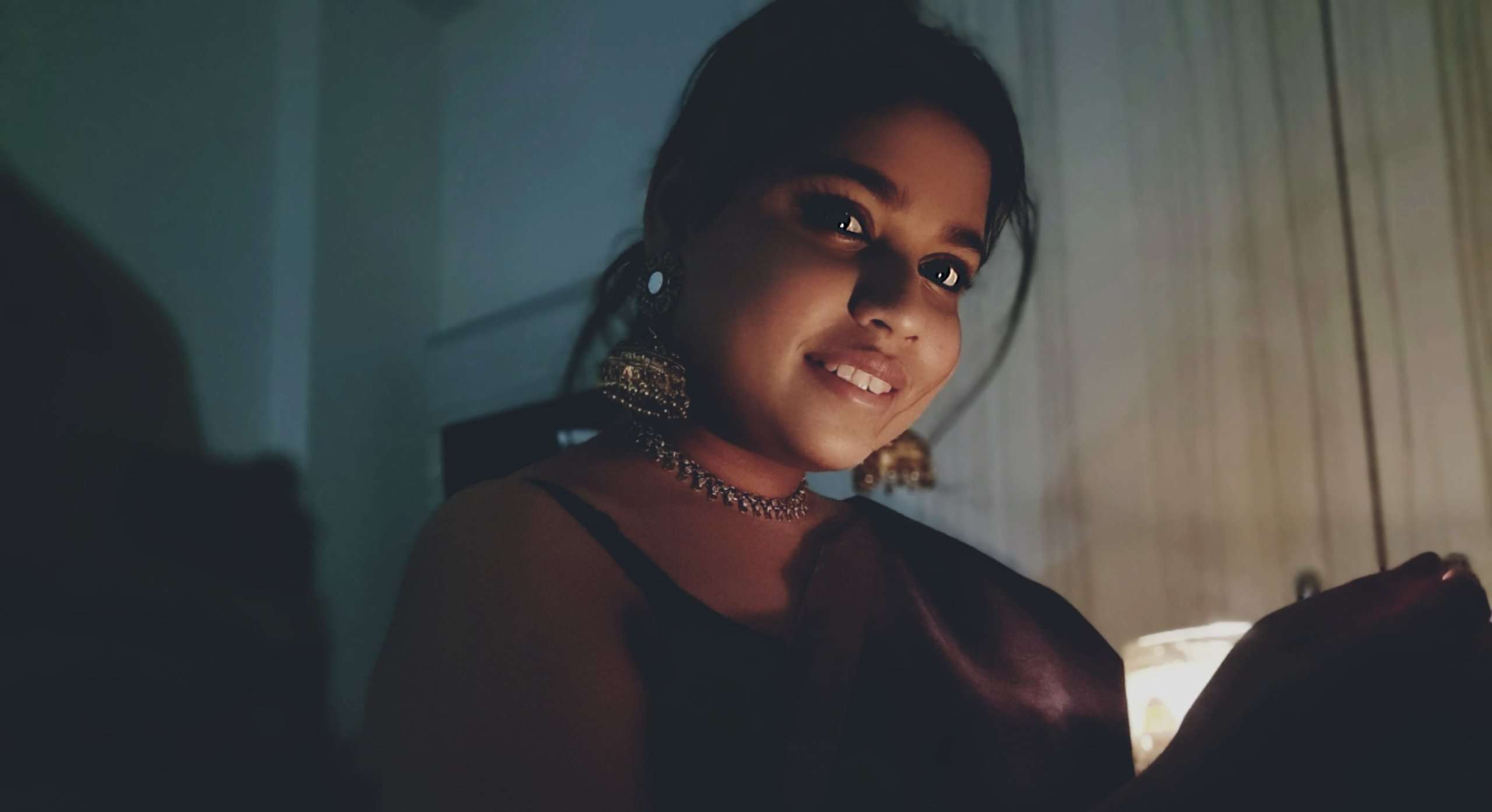
As a Travel Content Writer, I live to conquer the world of globetrotting with words. With my unquenchable thirst for storytelling, I believe that my words will inspire you to travel around the world’s breathtaking landscapes. As for me, I am an unapologetic selenophile, who loves to wander around in a starry night!





